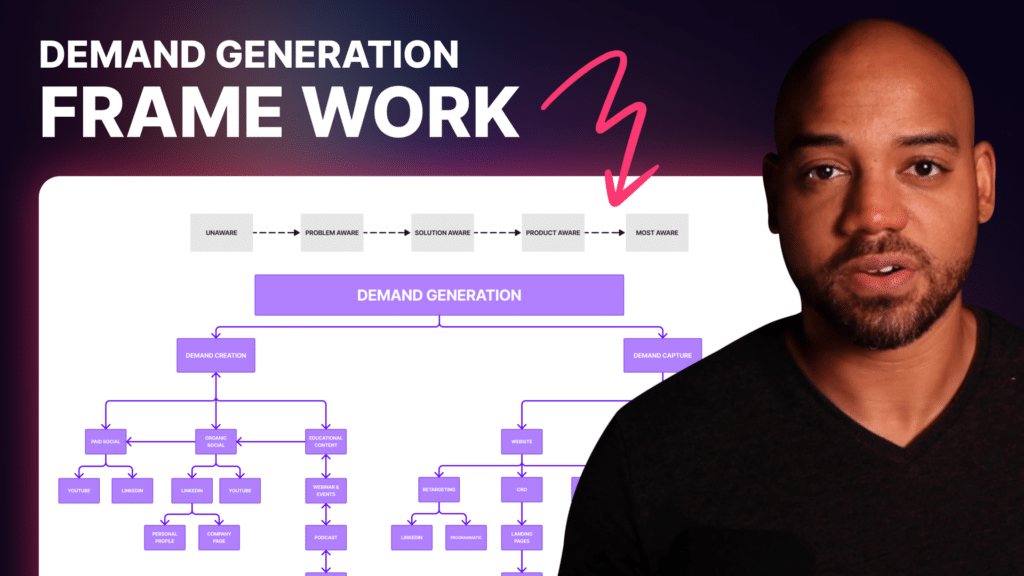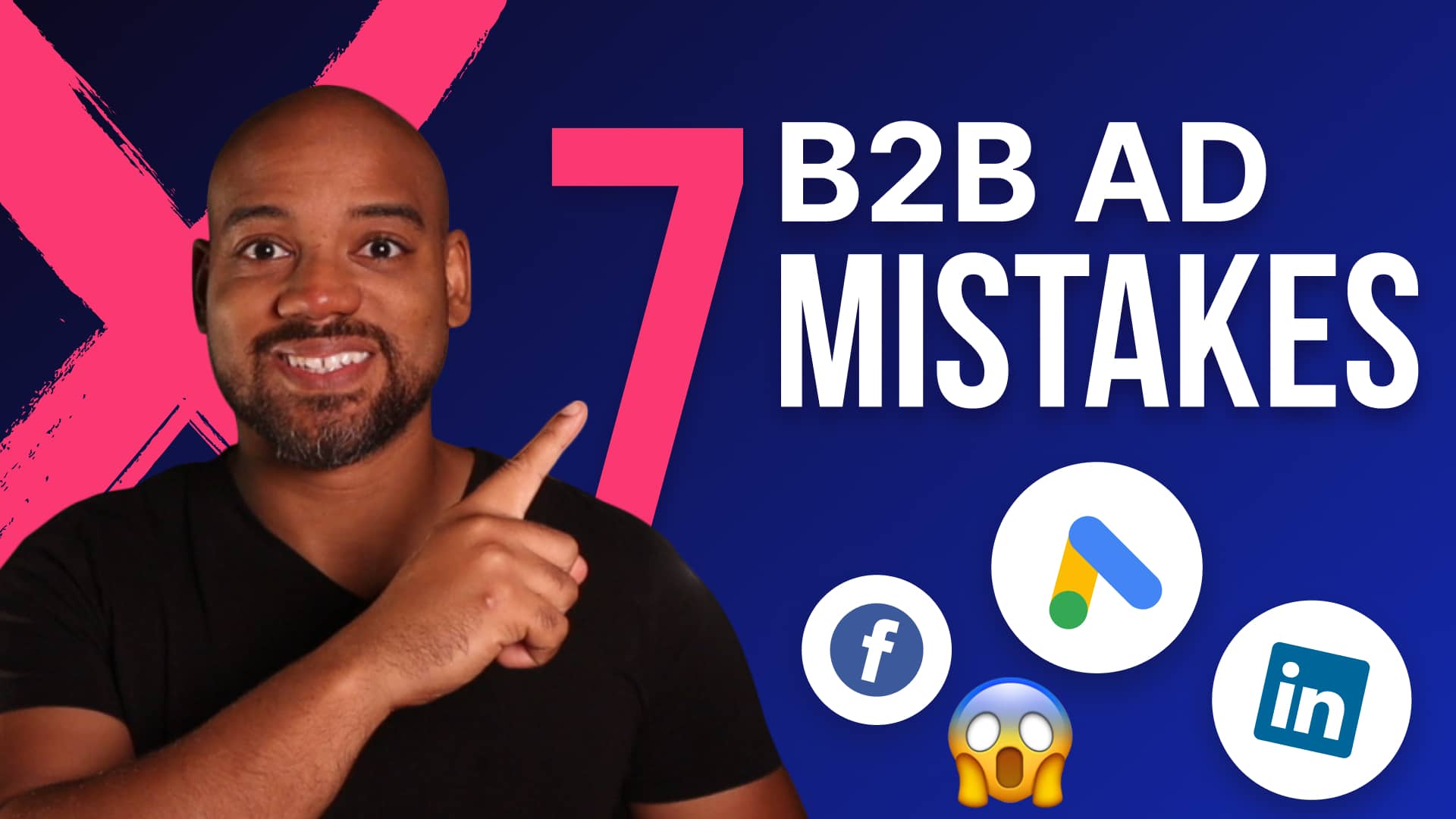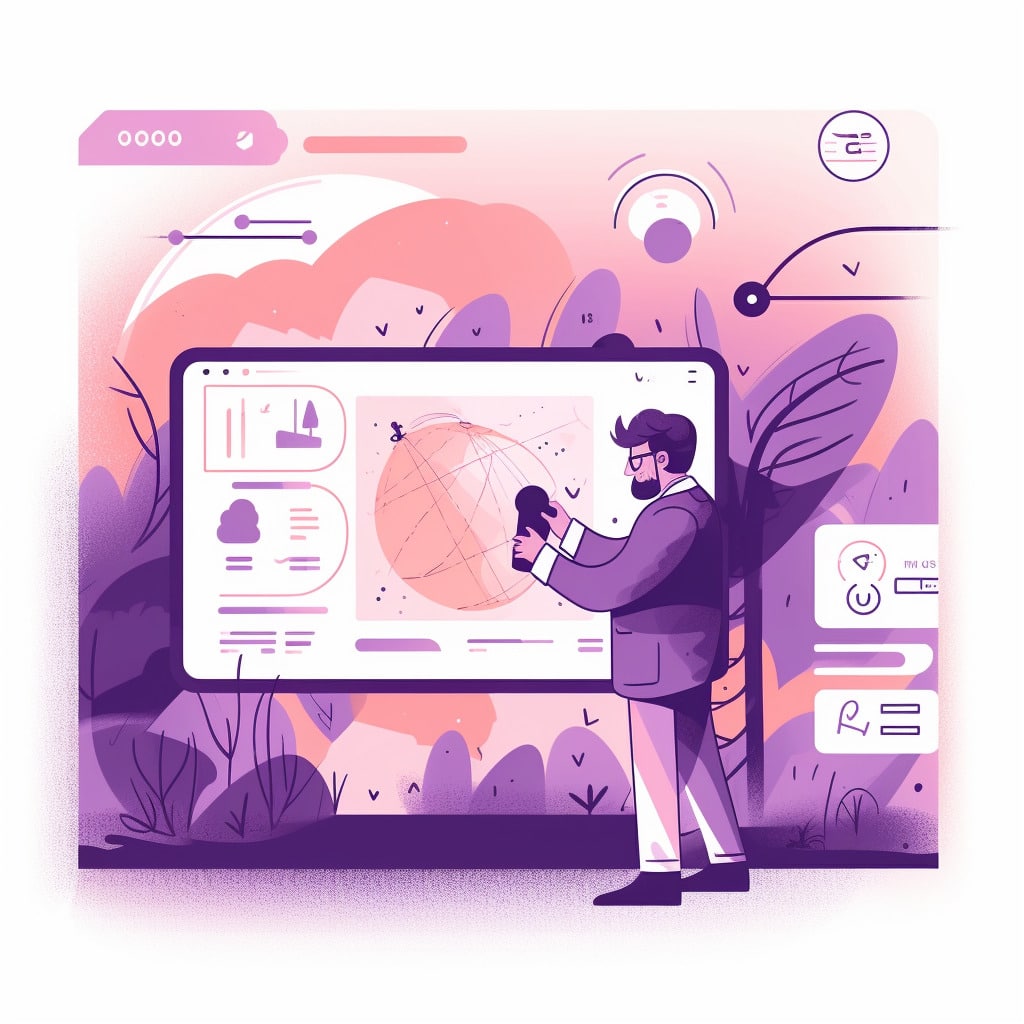Demand generation is a term that’s often thrown around in the marketing world, but what does it truly entail? In this article, we’ll demystify demand generation, breaking it down into its simplest components and showcasing how it can be a game-changer for businesses.
Understanding Demand Generation
At its core, demand generation can be split into two main halves: Demand Creation and Demand Capture.
- Demand Creation is about spotlighting your brand or service. It’s the process of making potential customers aware of what you offer.
- Demand Capture, on the other hand, focuses on those high-intent individuals. These are the people who have shown genuine interest in your offerings. The goal here is to make it seamless for them to connect with your sales and marketing teams, leading them down the path to purchase.
Mapping Demand Generation to Buyer Awareness
Demand generation closely aligns with the buyer’s state of awareness. This journey starts with the buyer being unaware and progresses through stages of problem awareness, solution awareness, product awareness, and finally, most awareness.
The initial stages (unaware, problem-aware, and solution-aware) predominantly focus on demand creation. It’s about building awareness of the problems and showcasing how your product or service can address them. As potential customers become more product-aware and most-aware, the emphasis shifts to demand capture.
Demand Creation: Building Awareness and Trust
The foundation of demand creation lies in high-quality, educational content. This includes:
- Blogs
- Ebooks
- Podcasts
- Webinars
Such content forms a rich library of resources that educates your market. Platforms like LinkedIn, YouTube, Facebook, and Instagram are crucial for distributing this content organically. Engaging actively on these platforms, especially through personal profiles of team members, can amplify your reach.
Paid social advertising is another essential component. It ensures that your target audience sees your content, helping in building brand awareness. The synergy between educational content, organic social distribution, and paid social initiatives creates a robust demand creation process.
Demand Capture: Converting Awareness into Sales
The demand capture process kicks in when potential customers are more solution and product-aware. Here’s how it works:
- Website as the Core: Your website is the primary channel where conversions happen. It’s where prospects request demos and initiate sales conversations. Key elements include:
- Clear messaging targeting customer pain points.
- Conversion rate optimization, ensuring seamless sign-up processes.
- Self-reported attribution to understand customer journeys.
- Retargeting: Not all visitors convert immediately. Retargeting strategies ensure that they’re reminded of your offerings, nudging them towards conversion. This can include showcasing testimonials, product features, and more.
- Review Sites for Social Proof: Platforms like G2 and Capterra offer peer validation, adding another layer of trust.
- Search and Marketing: This encompasses both organic and paid search strategies. High-intent individuals often search for specific keywords related to your product. Effective SEO and paid search campaigns ensure you’re visible when they do.
In Conclusion
Demand generation, with its dual focus on demand creation and demand capture, forms the backbone of effective marketing. By understanding and implementing this strategy, businesses can effortlessly acquire ideal customers and boost their revenue. Whether you’re just starting out or looking to refine your approach, a well-thought-out demand generation program can be your ticket to sustained growth.
FAQs
- What is the difference between demand creation and demand capture?
- Demand creation is about building awareness, while demand capture focuses on converting interested individuals.
- Why is educational content important for demand creation?
- It helps in building trust and showcasing expertise, making potential customers more inclined to choose your brand.
- How does retargeting work?
- Retargeting involves showing ads to individuals who’ve visited your site but didn’t convert, reminding them of your offerings.
- Why are review sites important in demand capture?
- They provide social proof, adding an extra layer of trust for potential customers.
- How does SEO fit into demand generation?
- SEO ensures that when high-intent individuals search for related keywords, your brand is visible, increasing the chances of conversion.




